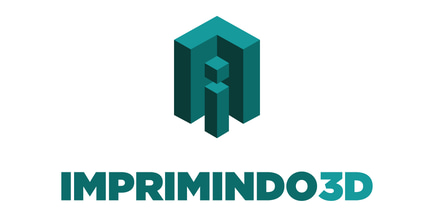Glossary
This glossary explains the most common terms you'll encounter when learning about 3D printing. Understanding these terms will help you talk about 3D printing like an expert!
Additive Manufacturing
The technical term for 3D printing, where objects are built by adding material layer by layer.
Build Plate (or Print Bed)
The flat surface where the 3D printer creates the object.
3D Model
A digital representation of a three-dimensional object created using computer software.
CAD (Computer-Aided Design)
Software used to create precise digital designs for 3D printing.
Extruder
The part of a 3D printer that melts and deposits the printing material.
Filament
The material used in many 3D printers, usually plastic in the form of a long, thin strand wound on a spool.
FDM (Fused Deposition Modeling)
The most common type of 3D printing, where melted material is deposited layer by layer
Infill
The internal structure of a 3D printed object, often a honeycomb or grid pattern to save material while maintaining strength.
Layer Height
The thickness of each printed layer, which affects print quality and time.
Nozzle
The small opening at the end of the extruder where melted material comes out.
PLA (Polylactic Acid)
The thickness of each printed layer, which affects print quality and time.
RAFT
A horizontal lattice printed beneath the object to improve adhesion to the build plate
Resolution
How detailed a 3D print is, usually determined by layer height and nozzle size.
Slicing
The process of converting a 3D model into layers and creating instructions for the printer
STL File
A common file format for 3D models that can be understood by slicing software.
Support Structures
Temporary parts printed to support overhanging features, removed after printing.r
TPU (Thermoplastic Polyurethane)
A flexible 3D printing material used for objects that need to bend.
Warping
When parts of a 3D print curl up due to uneven cooling, causing deformation.
